Nick Smoot
Smootfitness.com
The bench press is my weakest lift. Always has been. I’m extremely posterior-chain dominant, and because of this, I’ve devoted a lot of time recently to bringing up the anterior side of my body.
With that being said, one thing I’ve noticed – and I’m not happy about – is that as I’ve spent more time focusing on the bench press, I’ve spent dramatically less time focusing on push-ups.
And it shows, because although my bench performance has improved, my push-up performance has steadily declined.
I know this doesn’t make sense. After all, the push-up and bench press appear to be virtually the same exercise – one being done on a bench with a bar while the other is done on the ground with your bodyweight – and an increase in performance in one should correspond to an increase in performance in the other.
But they’re NOT the same. And this doesn’t happen.
The push-up is a completely different movement pattern than the bench press.
It’s more versatile.
It’s more dynamic.
It has more of an impact on movement capacity and performance.
And if push came to shove, and I was forced to pick between keeping push-ups in my routine or the bench press, I’d choose push-ups every time.
Closed vs. Open Chain Movements
The push-up is a closed-chain movement.
I know, I know, what the hell does that mean?
Simply put, a closed chain movement is one in which a distal segment of your body (hands and/or feet) is fixed to the ground, while the rest of your body moves as a unit around it. In contrast, an open chain movement is one in which the majority of your body is fixed (to the ground, a bench, a seat, etc.), while a distal segment moves openly in space.
The bench press is an open-chain movement. The barbell moves toward and away from your chest (motion occurring at the shoulder and elbow) while your scapula, upper back, core, and legs remain in a stationary position.
During a push-up, your hands and feet are fixed to the ground, and as you lower yourself down (motion occurring at the shoulder and elbow), your scapula move on the rib cage (protraction and retraction) while your glutes and abs (core) work to stabilize the spine.
When it comes to increasing pressing strength, the bench press is undoubtedly superior to a push-up. Strength gain requires progressive overload and a barbell can be loaded to a much larger degree than, well, you.
From an athletic standpoint however, push-ups reign supreme. This is because push-ups not only increase upper body pressing strength, but they improve core and scapular stability, improve mobility, and force your body to work as a unified and coordinated unit.
Is a push-up better than a bench press, or vice versa?
Not necessarily.
Both have their own unique benefits, are valuable tools in an athlete’s toolbox, and deserve adequate attention in a well-developed training plan.
Push-Ups Done Correctly
Before moving on to different progressions and regressions of the push-up, I think it’s important to illustrate what a push-up should actually look like:
– Body Position
Your glutes and abs should be tight, and your body should be in a (relatively) straight line. Think of the push-up as a “dynamic plank.” Your lower back shouldn’t be sagging, and your “junk” shouldn’t hit the floor before your chest.
– Head Position
Don’t hyperextend your neck. Your chin should be touching your chest (make a double chin), and your eyes should be looking directly at the floor.
– Hands
Your hands should be placed directly under your shoulders. There are some variations (superman push-up) where your hands can be placed further out in front of you, but in most cases, keep them under your shoulders.
– Elbows
Your elbows should remain tucked at your sides. This doesn’t mean they actually need to touch your sides, but you shouldn’t look like your trying to fly in a prone position.
– Feet
Feet position doesn’t really matter. Feet together, slightly apart, spread out wide…whatever feels comfortable.
– ROM (range of motion)
You should be using full ROM (range of motion) at all times. Lower yourself down until your chest and nose make contact with the floor (simultaneously), and then press yourself back up in to the starting position.
Don’t do “Girl” Push-Ups. Ever.
Don’t do push-ups on your knees. It re-enforces poor pelvic, spine, shoulder, and scapular positioning – completely butchering the movement pattern – and has no carryover to other sports and activities (or regular push-ups for that matter).
If you struggle to do a normal push-up, give pin push-ups a try.
A pin push-up is simply a push-up with your upper body elevated and your hands placed on the pin (metal bar) of a power rack.
Set the pin as high as you need that allows you to get at least 8-10 solid reps. As the push-ups become easier, progressively lower the pins – and therefore the angle of your upper body relative to the ground (making the lift more challenging) – until you’re able to knock out a set of 8-10 regular push-ups on the floor.
*Pin push-ups require the use of the power rack, but you can do this on any elevated surface. A smith machine, table, bench, etc. work just fine.
Advanced Push-Up Variations
Regular push-ups become easy pretty darn quick. When that happens, make the movement more challenging by either elevating the feet, reducing a point of contact, adding external resistance, increasing lever arms, or making the movement dynamic (more explosive).
This is by no means an extensive list, but here are a few of my favorite push-up variations:
- Push-ups with your feet elevated:
Placing your feet at an elevation completely changes the dynamics of the lift and places more stress on the upper body.
- Weighted Push-Ups:
Increase resistance – create overload – re-stimulate progress. Loading push-ups with chains, resistance bands, a weight vest, or another person are all great ways to make push-ups more challenging.
- Superman Push-Ups:
The farther your arms are away from your body (increase in lever length), the less mechanical advantage you have, and the harder the movement becomes. Superman push-ups place tremendous demand on the anterior core, and are therefore just as much an anti-extension core exercise as they are an upper body pressing movement.
- Single Arm/leg Push-Up
Remove a point of contact and not only do you increase core stability and anti-rotation (preventing the body from falling to the side that’s not being supported) demands, but you place more overload on one side of the body.
- Plyo Push-Up
A plyo push-up is just an explosive push-up. Lower yourself under control, and then explode up by putting so much force in to the ground that you’re entire upper body lifts in to the air. These can be done with or without a clap.
Summing Up:
Despite its bad reputation – which it’s totally undeserving of by the way – the push-up is an extremely valuable exercise for elite level athletes and soccer moms, and everyone in between.
Start doing push-ups on a regular basis.
You’ll see noticeable improvements in upper body strength, movement capacity, and overall athletic performance.
Like What You See?
Get the Smoot Fitness Guide to Getting Stronger - FREE.
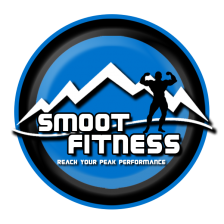
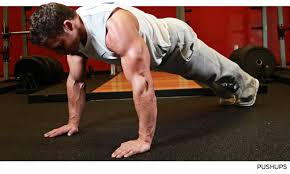
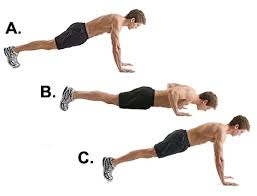
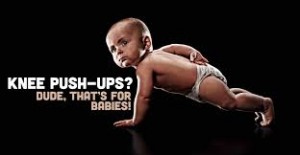
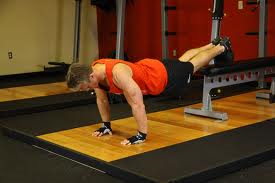
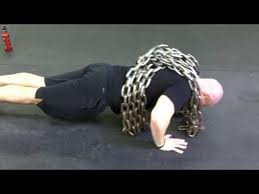
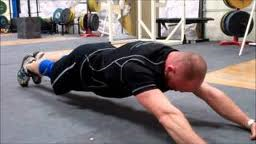
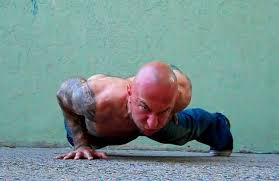
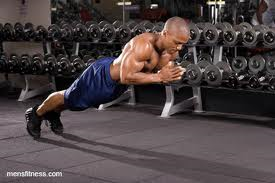
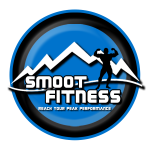
Leave a Reply